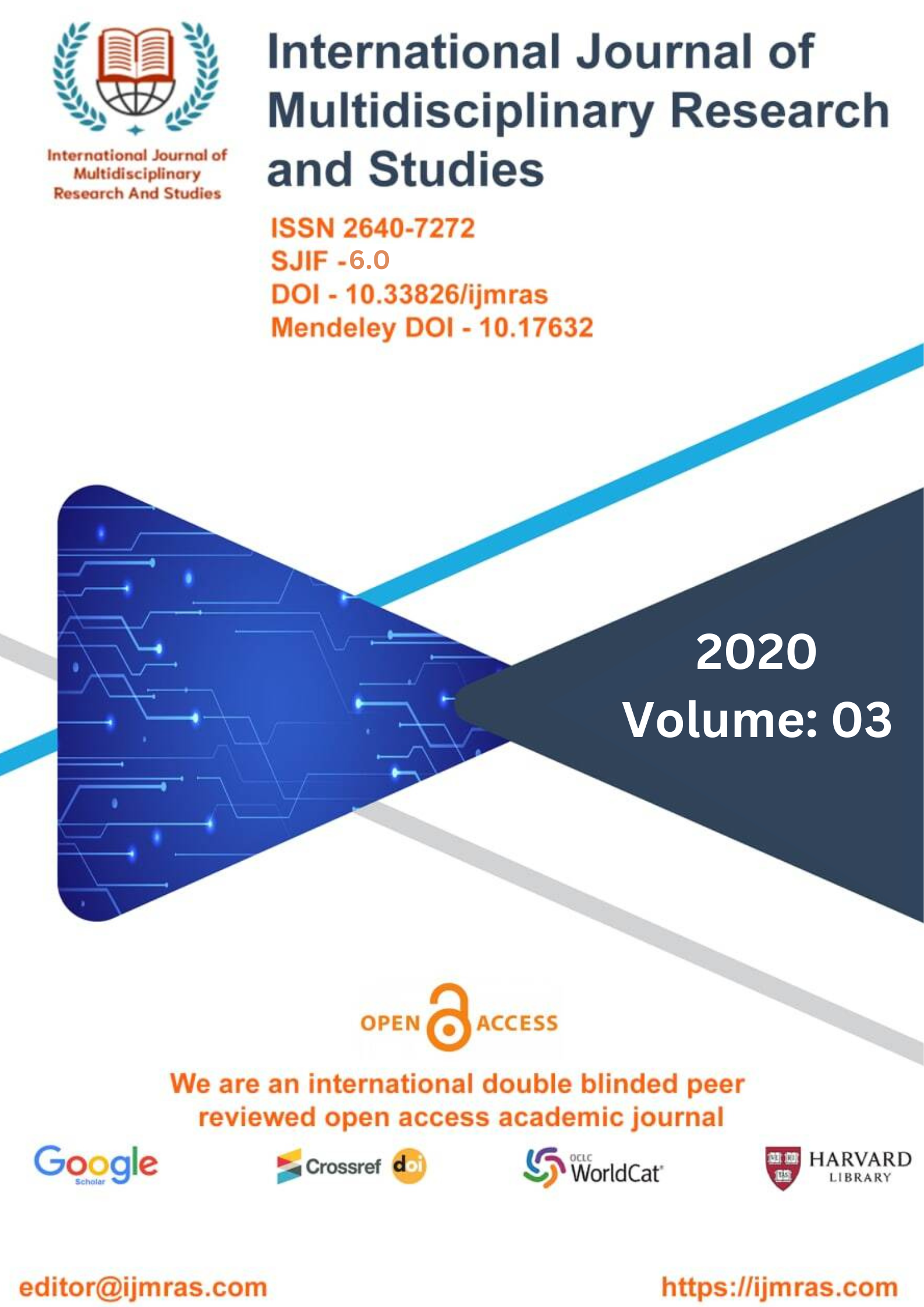THE ORIGIN OF MULTICELLULLAR ORGAISMS AND THE DISCOVERY OF TRICHOPLAX. ITS SIGNIFICANCE FOR UNDERSTANDING THE EVOLUTION OF MULTICELLULAR ORGAISMS

Abstract
The origin of multicellular organisms is a key milestone in the history of life on Earth. The evolution of multicellularity has been a subject of intense scientific interest, and many hypotheses have been proposed to explain how this transition occurred. One of the most intriguing discoveries in this area is the microscopic animal Trichoplax adhaerens. This organism is thought to be one of the earliest branching animals, and its simple body plan and unique features have led researchers to propose it as a possible model for the evolution of multicellularity. In this paper, we will discuss the current understanding of the origin of multicellular organisms and the significance of Trichoplax in this field.
Keywords
organisms, EarthHow to Cite
References
reflectance, transmission and absorbance of light by chromatophores and iridophores. Cell and tissue research, 323(1), 149-162.
Packard, A., Sanders, G., & Hochberg, F. (2014). Cephalopods and their relatives: A comprehensive guide to cephalopod biology and care. TFH Publications.
Williams, R. (2017). Cephalopods: A world guide. CRC Press.
Rodhouse, P. G., Pierce, G. J., Nichols, O. C., Sauer, W. H., Arkhipkin, A. I., Laptikhovsky, V. V., ... & Zhou, X. (2014). Environmental effects on cephalopod population dynamics: implications for management of fisheries. Advances in marine biology, 67, 99-233.
Villanueva, R., & Norman, M. D. (2008). Biology of the planktonic stages of benthic octopuses. Oceanography and Marine Biology: An Annual Review, 46, 105-202.
Fiorito, G., Affuso, A., Anderson, D. B., Basil, J., Bonnaud, L., Botta, G., ... & Grasso, F. (2014). Cephalopods in neuroscience: regulations, research and the 3Rs. Invertebrate Neuroscience, 14(1), 13-36.
Hanlon, R. T. (2007). Cephalopod dynamic camouflage. Current Biology, 17(11), R400-R404.
Mather, J. A., & Anderson, R. C. (2017). Ethics and invertebrates: a cephalopod perspective. ILAR journal, 58(1), 38-45.
Cartron, J. L. E., & Cárdenas, M. A. (2019). Cephalopod fisheries and their management in Mexico. Reviews in Fisheries Science & Aquaculture, 27(1), 102-114.
Hoving, H. J., &Laptikhovsky, V. (2019). Cephalopod biology and fisheries in Europe: the present and future of cephalopod science and research. Reviews in Fisheries Science & Aquaculture, 27(1), 1-10.
Allcock, L., &Rodhouse, P. (2014). Cephalopod biodiversity, ecology and evolution: a short review. Marine biodiversity, 44(4), 583-587.
Hanlon, R. T., & Messenger, J. B. (2014). Cephalopod behavior. Cambridge University Press.
Roper, C. F., Vecchione, M., & Finn, J. K. (2010). The cephlapods of the world: A catalogue of the systematics, distribution and biology of the world's living cephalopods. Food and Agriculture Organization of the United Nations.
Mäthger, L. M., & Hanlon, R. T. (2006). Malleable skin coloration in cephalopods: selective reflectance, transmission and absorbance of light by chromatophores and iridophores. Cell and tissue research, 323(1), 149-162.
Packard, A., Sanders, G., & Hochberg, F. (2014). Cephalopods and their relatives: A comprehensive guide to cephalopod biology and care. TFH Publications.
Williams, R. (2017). Cephalopods: A world guide. CRC Press.
Rodhouse, P. G., Pierce, G. J., Nichols, O. C., Sauer, W. H., Arkhipkin, A. I., Laptikhovsky, V. V., ... & Zhou, X. (2014). Environmental effects on cephalopod population dynamics: implications for management of fisheries. Advances in marine biology, 67, 99-233.
Villanueva, R., & Norman, M. D. (2008). Biology of the planktonic stages of benthic octopuses. Oceanography and Marine Biology: An Annual Review, 46, 105-202.
Fiorito, G., Affuso, A., Anderson, D. B., Basil, J., Bonnaud, L., Botta, G., ... & Grasso, F. (2014). Cephalopods in neuroscience: regulations, research and the 3Rs. Invertebrate Neuroscience, 14(1), 13-36.
License
Copyright (c) 2020 JAY PRAKASH NARAYAN

This work is licensed under a Creative Commons Attribution 4.0 International License.
Individual articles are published Open Access under the Creative Commons Licence: CC-BY 4.0.



